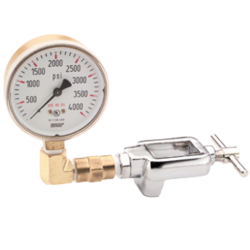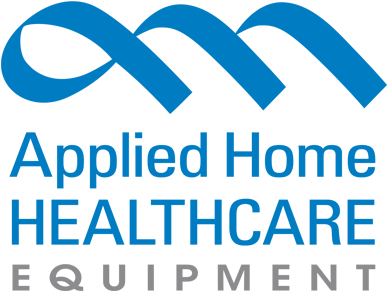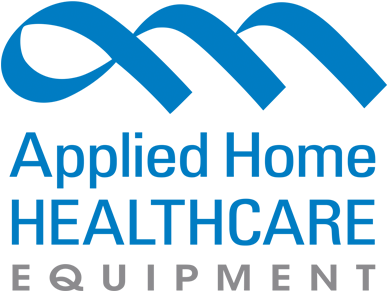PRODUCT CATEGORIES
CLASSES/REGISTRATION
WHAT'S YOUR ROLE?
The Critical Role of Pressure Gauges in Oxygen Systems
When it comes to the delivery of medical oxygen, precision, and safety are non-negotiable. At the heart of these systems lies an often-overlooked component: the pressure gauge. This small but mighty device plays a crucial role in ensuring that oxygen delivery systems function smoothly and safely.
What Do Pressure Gauges Do?
Pressure gauges are designed to measure the pressure of gas within a system, such as an oxygen tank or pipeline. In oxygen systems, they provide real-time data on the amount of pressure being exerted by the gas. This information is vital for determining the remaining oxygen supply and ensuring that the gas is being delivered at the correct pressure to meet patients’ needs.
Why Are Pressure Gauges Essential in Oxygen Systems?
Pressure gauges are essential for several reasons:
- Monitoring Oxygen Supply: One of the primary functions of a pressure gauge is to give an accurate reading of the remaining oxygen in a cylinder. This ensures that healthcare providers are always aware of the oxygen levels, preventing any unexpected depletion that could jeopardize patient care.
- Ensuring Proper Oxygen Delivery: Oxygen must be delivered at a specific pressure to be effective. A pressure gauge helps ensure that the pressure is within the correct range, allowing for safe and consistent oxygen flow. This is particularly important for patients who rely on a steady supply of oxygen.
- Prevention of Over-Pressurization: Over-pressurization can lead to dangerous situations, including the potential for an explosion. Pressure gauges help monitor and control pressure, reducing the risk of such hazards.
- Compliance and Regulation: Many regulatory bodies require the use of pressure gauges in medical oxygen systems to ensure safety and compliance with industry standards. Accurate pressure readings are essential for maintaining these standards and ensuring patient safety.
Maintaining and Calibrating Pressure Gauges
Pressure gauges must be maintained and calibrated annually to ensure continued accuracy and reliability. Calibration ensures that the readings remain precise and compliant with safety regulations.
FDA guidance requires that filling equipment be calibrated at specific intervals, depending on the type of equipment. Regular maintenance not only enhances the functionality of the gauges but also reinforces the safety of the entire oxygen delivery system.
|
Equipment |
Each Fill Day |
Annual* |
RecommendedStandard |
|---|---|---|---|
|
Vacuum Gauges |
X | X | NIST |
|
Thermometer |
X* | NIST | |
|
High-Pressure Gauges |
X* | NIST | |
|
Servomex (Paramagnetic Oxygen Analyzer) |
X | X* | Manufacturer's Manual |
Pressure Gauges: Your Frontline Defense for Safety
The safety of both patients and healthcare providers depends heavily on the reliability of pressure gauges. Here’s how they contribute to overall safety:
- Early Detection of Leaks: A sudden drop in pressure can indicate a leak in the system. Pressure gauges allow for the early detection of such issues, enabling prompt intervention before they escalate into more serious problems.
- Prevention of System Failures: Regular monitoring of pressure levels helps in identifying potential system failures before they occur. This proactive approach can prevent interruptions in oxygen delivery, ensuring continuous care for patients.
- User Confidence: For healthcare providers, knowing that they have an accurate, functioning pressure gauge in their oxygen system provides peace of mind. It allows them to focus on patient care, confident that the system is operating safely.
The Bottom Line: Pressure Gauges Are Essential Guardians of Oxygen Systems
Pressure gauges may seem like a small component, but they play a critical role in the safe and effective delivery of oxygen in medical settings. By providing accurate pressure readings, they help ensure that oxygen systems function correctly, protect against potential hazards, and contribute to the overall safety and well-being of patients. As a vital part of oxygen delivery systems, pressure gauges are indispensable in maintaining the reliability and safety of medical oxygen.
You Might Also Like
Subscribe to our Newsletter
Get the latest regulatory info, accreditation news and exclusive discounts!
 View Cart []
View Cart []
